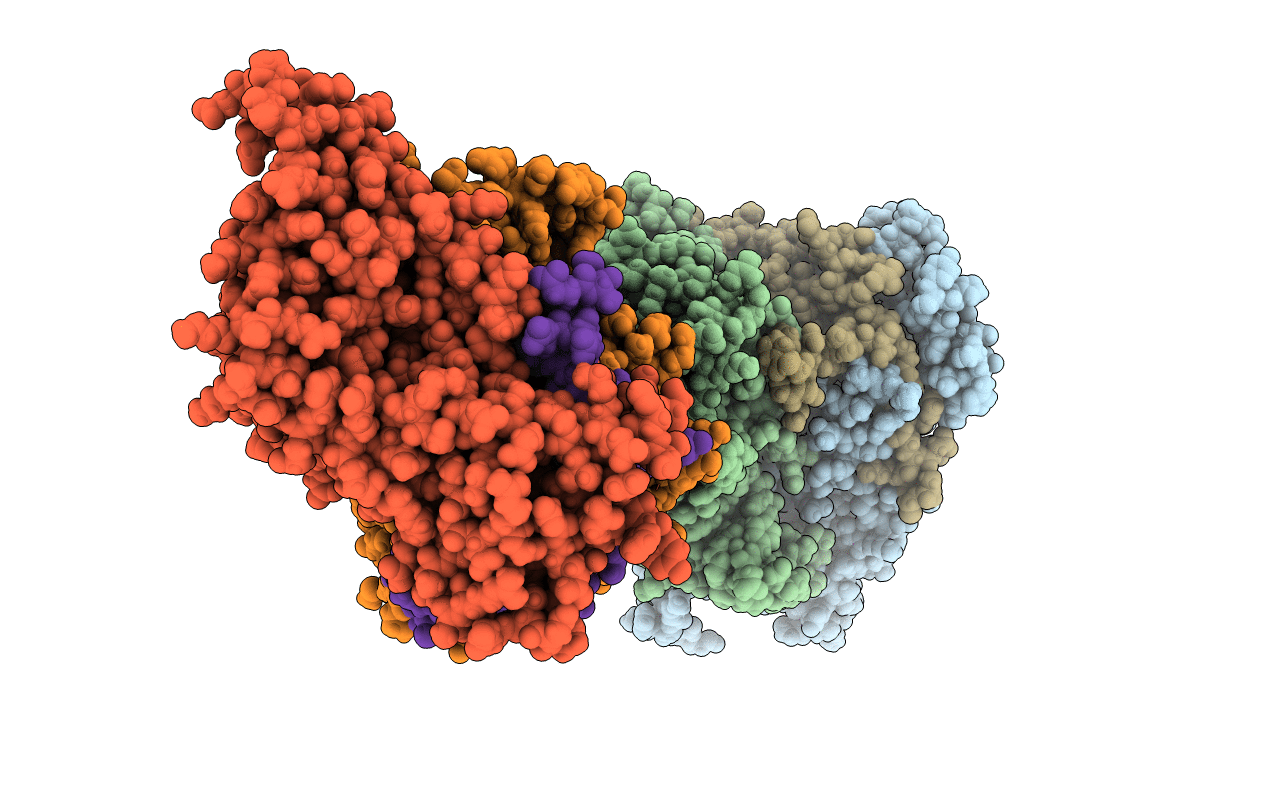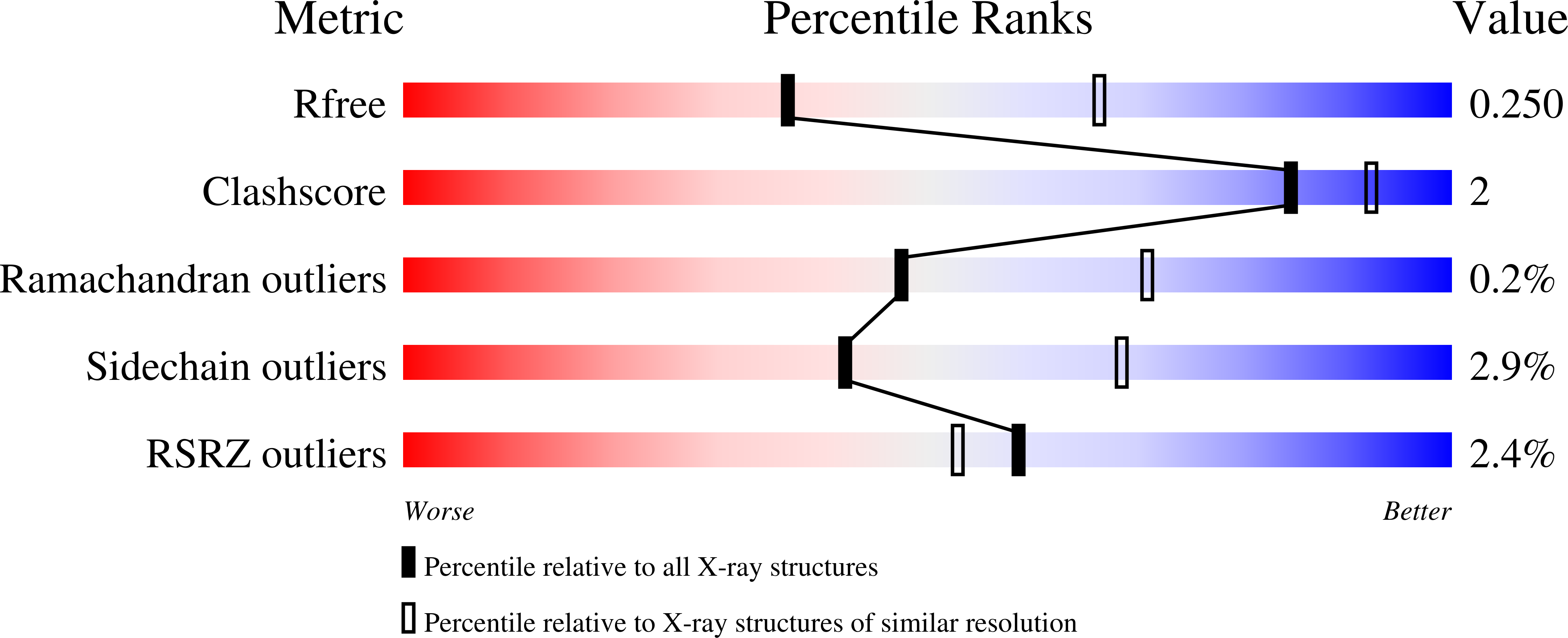
Deposition Date
2020-05-22
Release Date
2020-12-09
Last Version Date
2024-01-24
Entry Detail
PDB ID:
6Z3U
Keywords:
Title:
Structure of the CAK complex form Chaetomium thermophilum
Biological Source:
Source Organism:
Host Organism:
Method Details:
Experimental Method:
Resolution:
2.60 Å
R-Value Free:
0.24
R-Value Work:
0.20
R-Value Observed:
0.20
Space Group:
P 1 21 1


